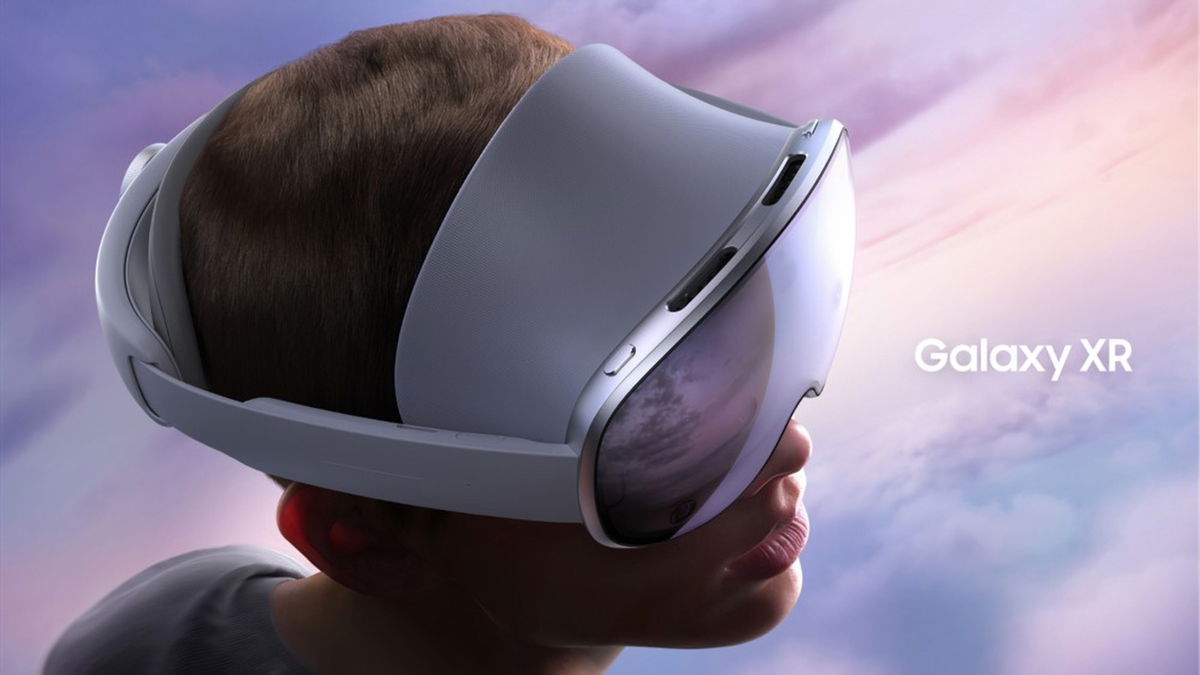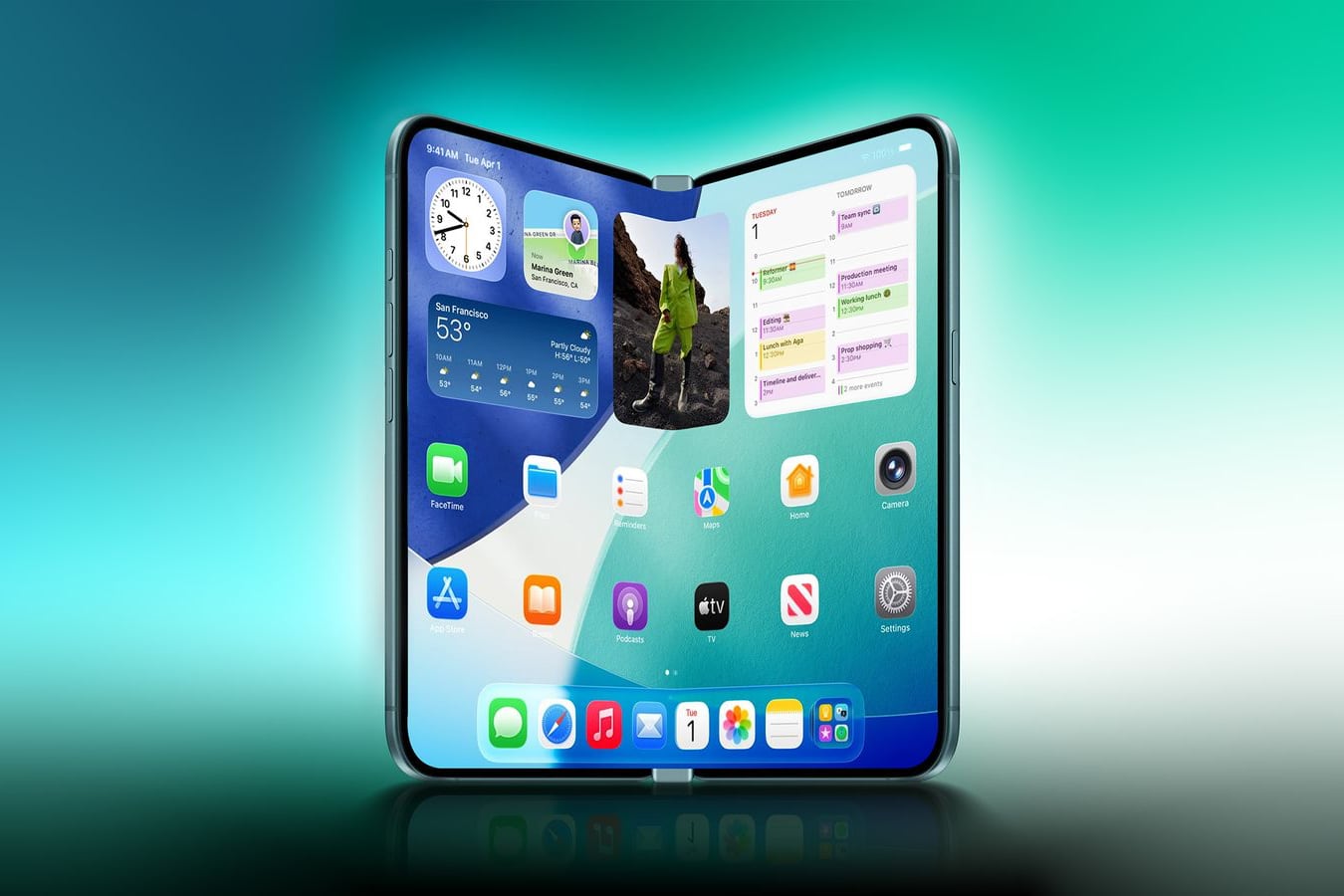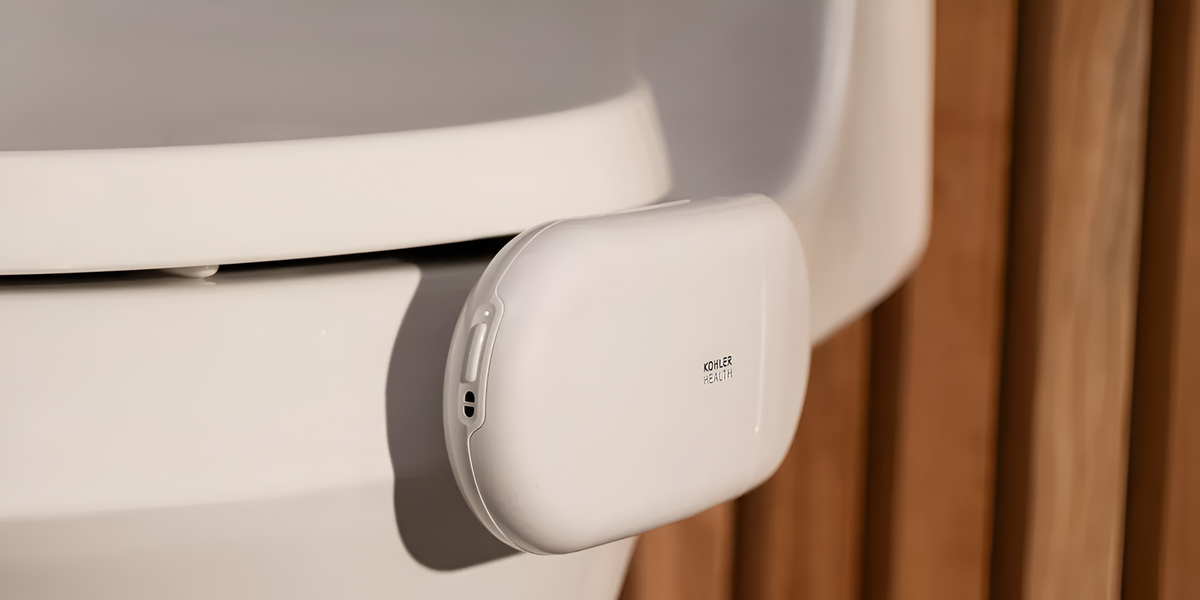While the James Webb Space Telescope (JWST) has released several stunning color images, the process isn’t exactly instantaneous. Initially, the photos on the device are black and white, but scientists apply some filters based on collected spatial data; The result is beautiful images broadcast by the telescope.
The telescope captures images using infrared radiation; After collecting the information and sending it to the scientists, the data is processed and turned into amazing images.
As described on the NASA website, “The James Webb Space Telescope is the largest and most powerful space telescope ever built. This will allow scientists to see what our universe was like about 200 million years after the Big Bang. The telescope can capture images of some of the first galaxies ever formed. JWST sees the universe in a light invisible to the human eye. This light is called infrared radiation, and we can feel it as heat.”
You may be wondering, why isn’t Webb shooting color images on the fly? The answer lies in the complexity of the telescope, so TecMundo gathered information from space agencies and experts in the field to answer this question.
How does the James Webb Telescope capture images?
JWST is equipped with various instruments to enable better observation of space; The Near Infrared Camera (NIRCam) and the Intermediate Infrared Camera (MIRI) are the telescope’s main tools. Infrared waves, scientists observing the expansion of the universe through lightbecause the further back we observe, the more infrared waves penetrate the light.
NIRCam can capture infrared light emitted in space dust in the 0.6 micrometer to 5 micrometer wavelength ranges, while MIRI can capture wavelengths between 5 and 27 micrometers.
The scientific equipment used at James Webb is much more complex than an ordinary camera such as smartphones. In addition, the telescope is placed in a halo orbit 1.5 million kilometers from Earth, and the image data is sent in bit format.
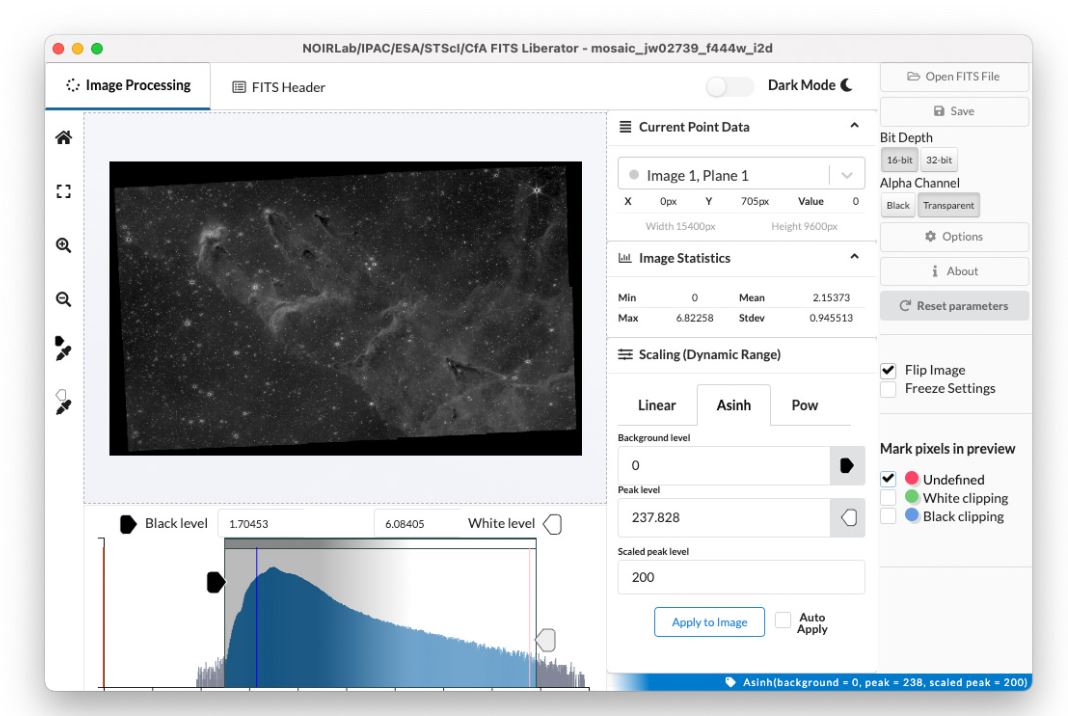
After the data is collected, the bits are sent to the Mikulski Archive for Space Telescopes (MAST) and thus information is processed and converted to black and white images. It is after this stage that scientists use filters to improve images of stars, galaxies, nebulae, among other space objects.
“For example, some filters are at wavelengths corresponding to hot ionized gas, while other filters are at wavelengths corresponding to emission from cooler molecular gas or dust emission,” STScI research astronomer Anton Koekemoer told the Associated Press. PBS News Hour.
How colorful are James Webb’s paintings?
After taking the raw file of the black and white image, imaging experts at the Space Telescope Science Institute (STScI) use image editing software to zoom, scale and eliminate image noise caused by charged energy particles known as cosmic rays. Only then the image gets the colors.
The image coloring process is similar to that used in other space observatories such as the Hubble telescope. Experts use data from James Webb to detect specific elements or molecules in the observed region, then this information is converted into colors; they are often superimposed on two or more images.
Professionals apply different filters to convert infrared light spectra into blue, green and red colors. Thus, it is possible to color the image using the color palette that the human eye can visualize — that is, all the colors in the images Webb publishes are a mixture of these three colors.
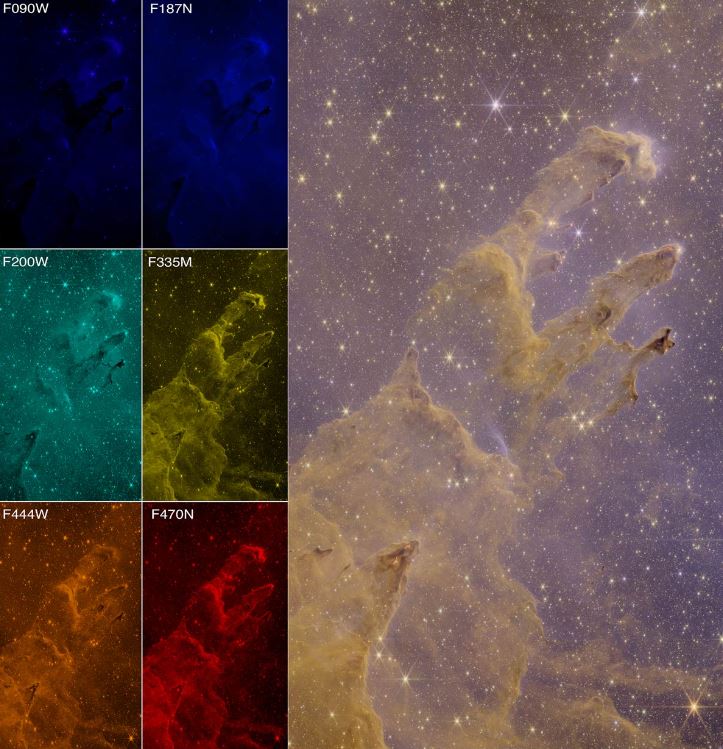
According to information from STScl, the color is applied chromatically:
- Shorter wavelengths are assigned blue;
- Slightly longer wavelengths are assigned green;
- Longer wavelengths are assigned to red.
Experts explain that additional filters can be assigned in purple, turquoise and orange colors if the final image consists of three or more images. After adding all the necessary filters, they balance the colors and make final adjustments to the images.
“Our team also crops images to be square or rectangular, usually square or rectangular, giving Webb’s footage a cinematic quality while preserving many of the scenes Webb delivers. For each image they create, STScI imaging experts work with not only larger teams of designers but also scientists leading the observations. collaborating,” explains the Space Telescope Science Institute.
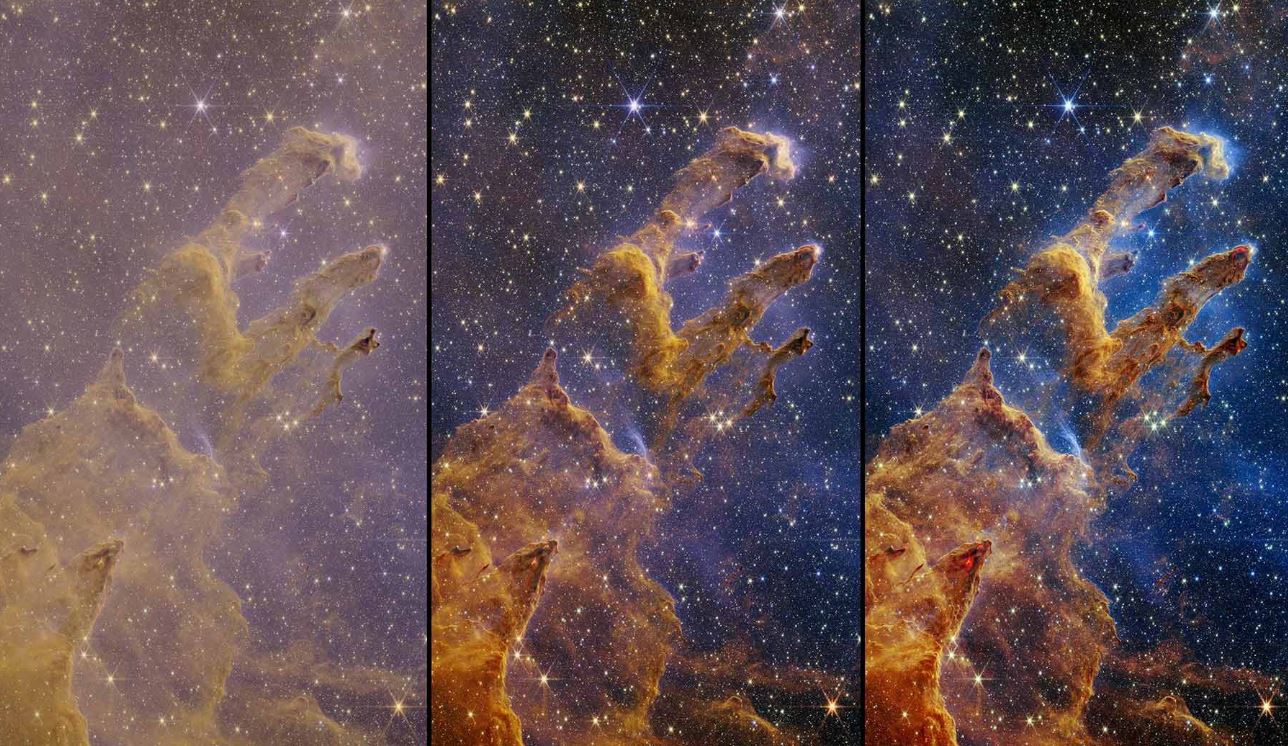
So, before they are made public, the role of SCScl experts is to magnify, resize, remove noise, apply colors, and review images detected by the James Webb Space Telescope. More details on the JWST image editing process can be found on the SCScl website.
Source: Tec Mundo
I’m Blaine Morgan, an experienced journalist and writer with over 8 years of experience in the tech industry. My expertise lies in writing about technology news and trends, covering everything from cutting-edge gadgets to emerging software developments. I’ve written for several leading publications including Gadget Onus where I am an author.


